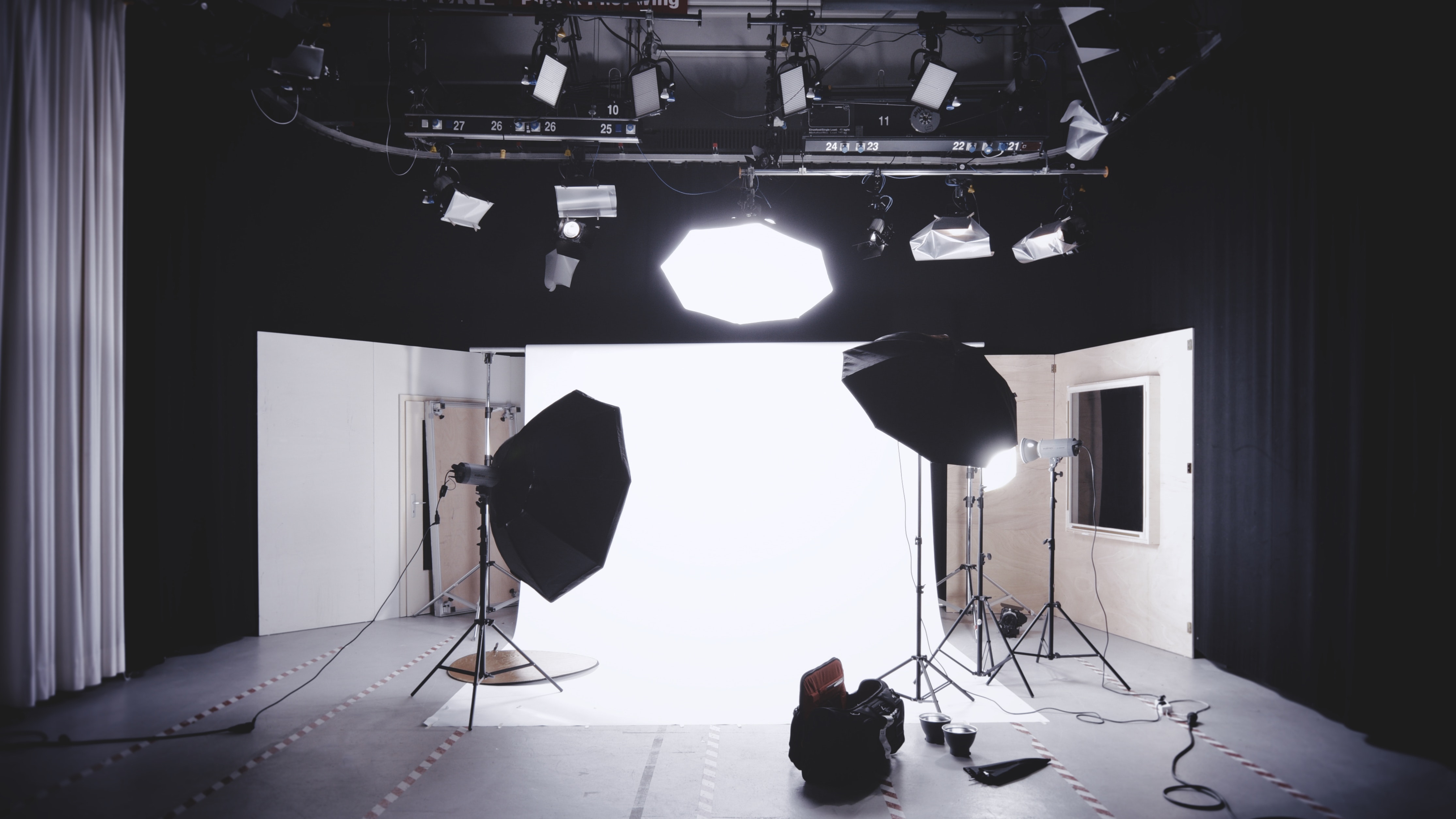Whether you’re a professional photographer or you’re doing it as a hobby, how much money to charge for your work can be confusing and a bit troublesome. With some many thoughts in the mind, one thing you need to know well in order to properly price your work is the cost of doing business. Are you asking a pay for your work from the people? If yes, how do to come to the price structure?
Did you research before giving out the price? Did you check what price the other photographers were charging or did you just pick a random number? People in the market discuss how their business has bloomed so much that they could afford to quit their day jobs but if you compare the price they charge and the work they do, their prices are quite low. There are plenty of things to be taken care of before you set the price.
The price you should be set should be able to cover all the expenses you have for your business. It is not only the amount of time you work. For instance, if you charge for one hour of portrait session, it’ll take one hour of your time itself, minimum of half hour to reach the location, an hour for culling and proofing, half hour of pre session consultation, a minimum hour of ordering session and also preparation time to set up your gears for the shoot. That almost four hours excluding the session time. You might think that you’re making way more than what you’d make at your job, but what about other external expenses like fuel, software, camera gear, supplies and also taxes.
You must realize the importance of knowing your cost of doing business. You need to make up for every expense you’ve to taken and also have money for future expenses on equipment or gears. You’ve got to gather the pieces and start analyzing. You may say you’re a creative person and you might say you aren’t good with the numbers, but you know everything you need to know. Whether you have a photography job or not, the price that you ask is the amount of money you spend. Even if you have a job that covers all the expenses. You should still charge enough that will cover your expenses. After all, it is not good that you have to spend your personal money for the session rather than person.
Now, talking about the places where you spend money.
1)Office / Studio –
First, you need to factor in all the costs related to operating that space. Doesn’t matter whether you have a workspace at home or if you have to rent a separate space. If you’re renting a space, calculate the rent, mortgage, property tax, homeowner’s association fees, maintenance and more. In case you are using your home as a studio, calculate the percent of square footage used for business.
2) Photo Gear
No camera gear, no business! Plan what gear you’ll need for the sessions or replace with the year. If possible, save money, little by little and put it in your savings account so that you will beable to replace the gear when the time comes. Gears like modifiers, stands, drapes, gear bags and light stands fall into this section.
3) Computer Equipment –
At least one computer is required to run the business, and many photographers have more than one. Desktop, Laptop, monitors, printer, scanners waicom table. Hard drives, storage devices, Monitor calibration tools etc. Be prepared to replace the items, set aside little money for every equipment separately.
4) Equipment Maintenance and Repairs –
Add your price for the yearly camera maintenance services and computer repairs. It’s good to have insurance. You also have an idea to budget for little repairs.
5) Posting and Shipping –
Non billable posting and shipping — sending in the equipment for promotion, mails, repair holiday cards and many more things
6) Advertising and Promotions –
Advertising and promotion includes business cards, brochures, marketing tools, social media paid promotions, marketing in various services like Constant Contact, MailChimp and AskMimi, Sticky Folios and Animoto, which is a Video Marketing service.
7) Services and Dues –
These are the services that you pay for pro publications, memberships, services organizations, photography clubs, etc
8) Insurance and Accounting –
This section covers Equipment and business insurance, health insurance, life insurance and also disability insurance in case you’re unable to work. Attorney fees is also included for his legal services for checking contracts and procedures.
9) Travel and Utilities –
The price you set should cover every bit of your traveling. Be it hotels, air tickets, rental vehicles etc. Although any other costs are not going to be paid by the client. These are external necessities like heat, lights, water electricity. Calculate all of these factors according to the square footage of space used for business if your studio is at home.
10) Salary –
Your Salary must be the amount you need to pay for your monthly personal expenses. This includes your rent, transport, food, insurance, tutions, utilities, phones, clothing and many more. Now would be a good time to make a personal budget if you don’t know how much you spend on personal expenses.
